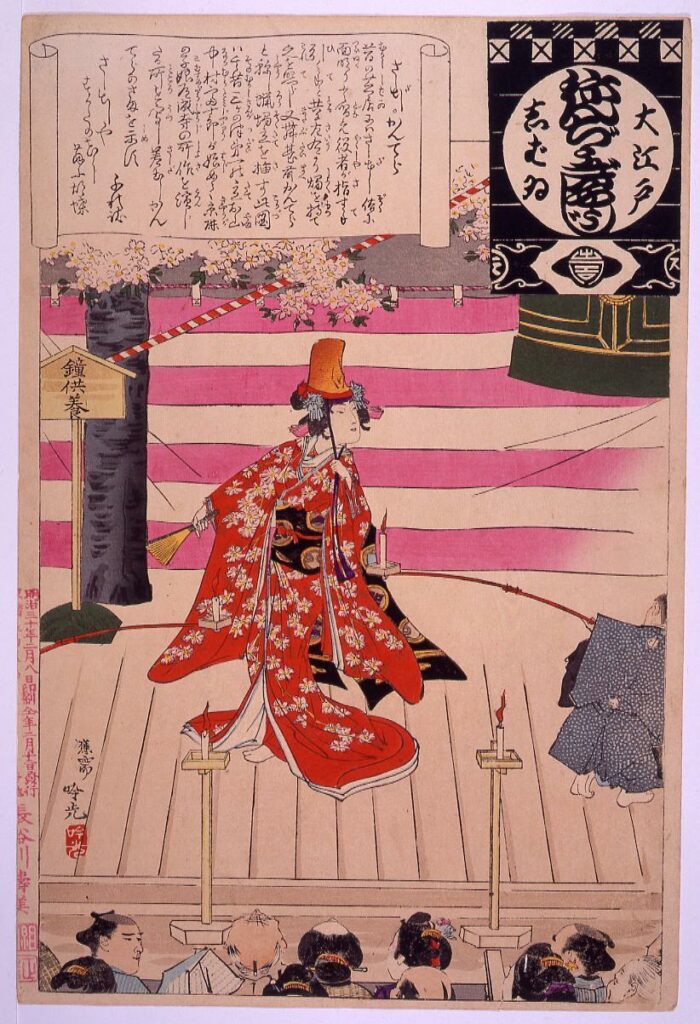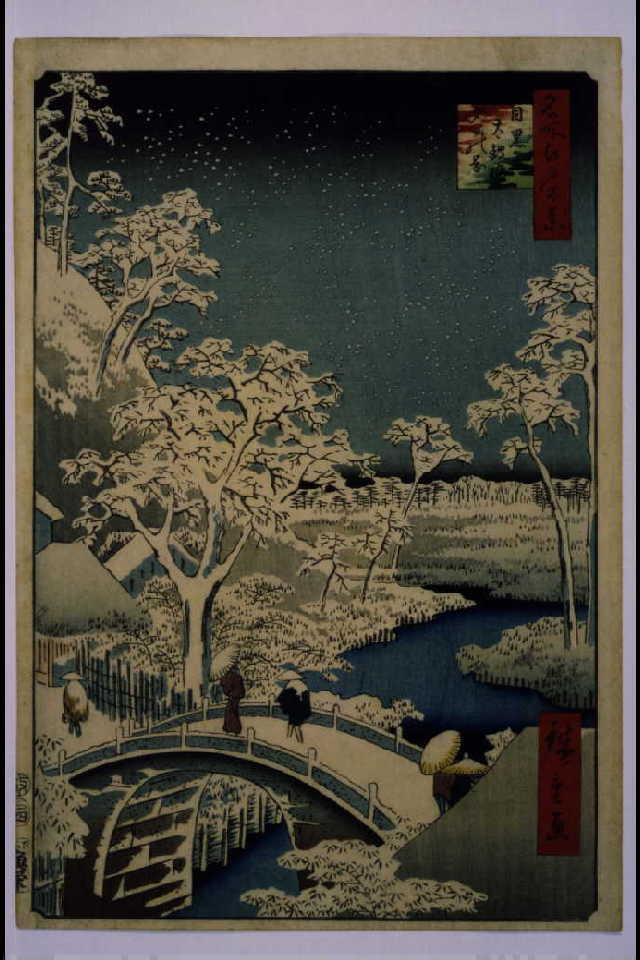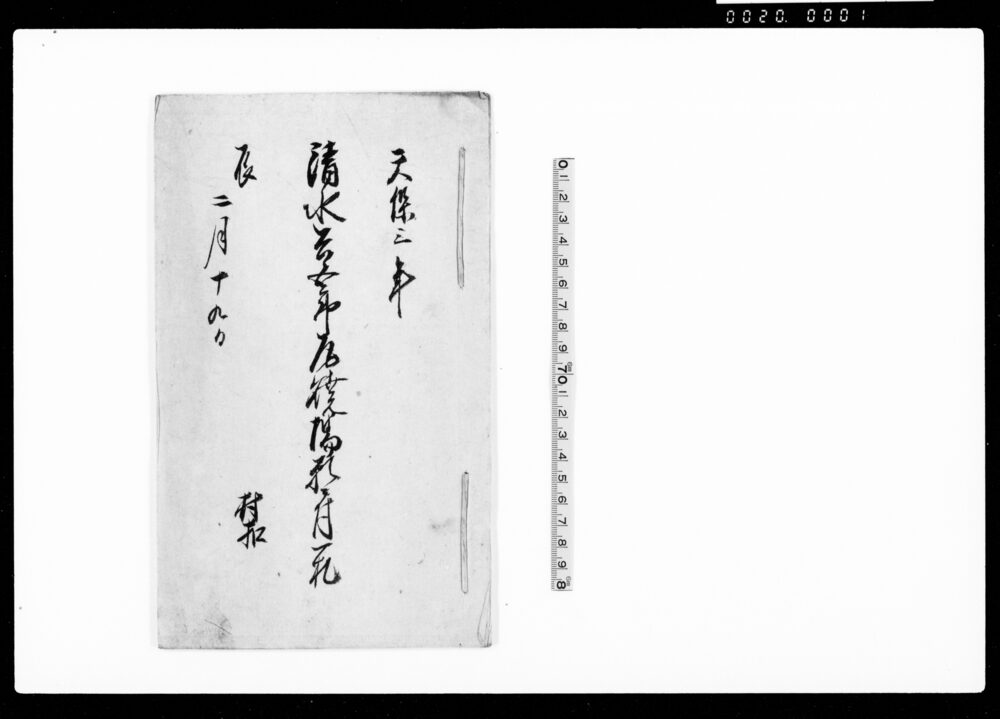
Annual Events of Theaters in Great Edo: Lit by Lanterns 大江戸しばいねんぢうぎやうじ さし出しかんてら
Torii Kiyosada , Adachi Ginko 鳥居清貞,安達吟光/画
- Collection of
- Edo-Tokyo Museum
- Title
- Annual Events of Theaters in Great Edo: Lit by Lanterns
- Collection ID
- 91970058
- Creator
- Torii Kiyosada , Adachi Ginko
- Creation Date
- 1897 19世紀
- Edo-Tokyo Museum Digital Archives
- https://www.edohakuarchives.jp/detail-7843.html
Other items of Edo-Tokyo Museum (159832)

The Republic of Viet-Nam (the Japan World Exposition, Osaka, 1970)
Edo-Tokyo Museum

Kabukiza Theater, March 1977 Performance Synopsis, Special Performance by Shinkokugeki Theatrical Company Commemorating Its 60th Anniversary in March
Edo-Tokyo Museum

Opera “Lohengrin” Prelude to Act 1
Edo-Tokyo Museum

One Hundred Famous Views of Edo: Meguro Arched Bridge and Yuhi-no-oka Hill
UTAGAWA Hiroshige
Edo-Tokyo Museum

Document of Rural people
Edo-Tokyo Museum

Ōjiri at Lake Chūzenji, Nikkō
Edo-Tokyo Museum
![作品画像:[拓本集]](https://museumcollection.tokyo/wp-content/uploads/2025/07/1274685-L.jpg)
[Takuhonshū] (Collection of Rubbed Copies)
Edo-Tokyo Museum

Advertisement: "Regarding Packing of Bicycles and Frames"
Edo-Tokyo Museum

Kawashimaya Jumpō
Edo-Tokyo Museum

Simplified Map of Edo Bay and Batteries on Reclaimed Land Off the Coast of Shinagawa
Edo-Tokyo Museum

Baseless Story Ginza 1 to 4
Edo-Tokyo Museum

Ise Calendar (1845)
Edo-Tokyo Museum

Woodblock Print
Edo-Tokyo Museum

Tenugui Fabric Half Length Juban Undergarment
Edo-Tokyo Museum

Document of Community
Edo-Tokyo Museum

A Thousand Views of Tokyo: Pen Sketch, Bakuroyokoyamachō in the Rain, Chūōku
Edo-Tokyo Museum

